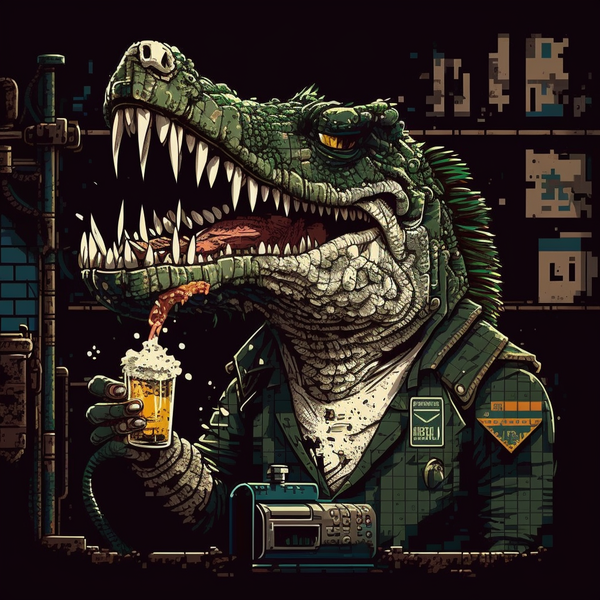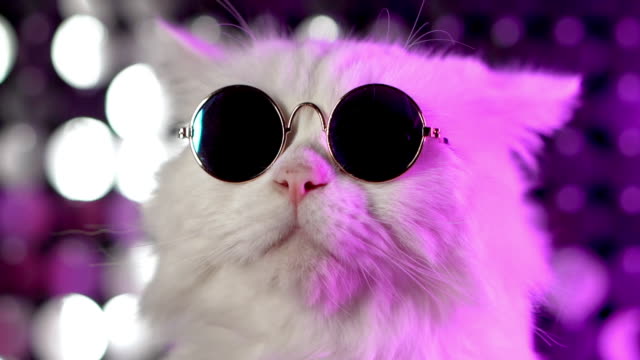Study shows AI image-generators being trained on explicit photos of children::Hidden inside the foundation of popular artificial intelligence image-generators are thousands of images of child sexual abuse, according to a new report that urges companies to take action to address a harmful flaw in the technology they built
3200 images is 0.001% of the dataset in question, obviously sucked in by mistake. The problematic images ought to be removed from the dataset, but this does not “contaminate” models trained on the dataset in any plausible way.
Let me guess its a miniscule percent that was included by mistake. And its been used as justification to prevent u running your own model but its safe for large corporations to run them?
All of our protect the children legislation is typically about inhibiting technology that might be used to cause harm and not about assuring children have access to places of safety, adequate food and comfort, time with and access to parents, freedom to live and play.
Y’know, all those things that help make kids resilient to bullies and challenges of growing up. Once again, we leave our kids cold and hungry in poverty while blaming the next new thing for their misery.
So I call shenanigans. Again.
It’s still abhorrent, but if AI generated images prevent an actual child from being abused…
It’s a nuanced topic for sure.
We need to better understand what causes pedophilic tendencies, so that the environmental, social and genetic factors can someday be removed.
Otherwise children will always be at risk from people who have perverse intentions, whether that person is responsible or not for those intentions.
Removed by mod
Honest question, why is this a problem rather than a solution?
If these kids don’t exist, and having those fake pictured make some people content, what’s the harm?
Kinda reminds me of furries getting horny over wolf drawings, who cares?
I agree with you in instances where it’s not generating a real person. But there are cases where people use tools like this to generate realistic-looking but fake images of actual, specific real-life children. This is of course abusive to that child. And it’s still bad when it’s done to adults too, it’s sort of a form of defamation.
I really do hope legislation around this issue is narrowly tailored to actual abuse similar to what I described above, but given the “protect the children” nonsense they constantly moan about just about every technology including end to end encryption I’m not very optimistic.
Another thing I wonder about, is if AI could get so realistic that it becomes impossible to prove beyond a reasonable doubt that anyone with actual CSAM (where the image/victim isn’t known so they can’t prove it that way) is guilty, since any image could plausibly be fake. This of course is an issue far beyond just child abuse. It would probably discredit video footage for robberies and that sort of thing too. We really are venturing into the unknown and government isn’t exactly know for adapting to technology…
But I think you’re mostly correct, because the moral outrage on social media seems to be about the entire concept of fake sexual depictions of minors existing at all, rather than only about abusive ones
Did you just compare furries to pedophiles? One of those is harmless, the other is not.
Ironically, I was giving them as an example of something OK. My point just went over your head.
No, it didn’t but it seems like mine went over yours. Furries usually are fine outside a few bad actors but pedophiles are mentally ill and should not be allowed them to generate AI CSAM just to satisfy them. They should be seeking help, not jerking it to fake kiddies.
Removed by mod
And there it is. Your problem is you equate furries to pedophiles because you think furries are into bestiality. Thanks for proving you’re an idiot.
Removed by mod
Every single one of you retards devolve to the same argument. Get better material.
This is the best summary I could come up with:
Hidden inside the foundation of popular artificial intelligence image-generators are thousands of images of child sexual abuse, according to a new report that urges companies to take action to address a harmful flaw in the technology they built.
Those same images have made it easier for AI systems to produce realistic and explicit imagery of fake children as well as transform social media photos of fully clothed real teens into nudes, much to the alarm of schools and law enforcement around the world.
Until recently, anti-abuse researchers thought the only way that some unchecked AI tools produced abusive imagery of children was by essentially combining what they’ve learned from two separate buckets of online images — adult pornography and benign photos of kids.
It’s not an easy problem to fix, and traces back to many generative AI projects being “effectively rushed to market” and made widely accessible because the field is so competitive, said Stanford Internet Observatory’s chief technologist David Thiel, who authored the report.
LAION was the brainchild of a German researcher and teacher, Christoph Schuhmann, who told the AP earlier this year that part of the reason to make such a huge visual database publicly accessible was to ensure that the future of AI development isn’t controlled by a handful of powerful companies.
Google built its text-to-image Imagen model based on a LAION dataset but decided against making it public in 2022 after an audit of the database “uncovered a wide range of inappropriate content including pornographic imagery, racist slurs, and harmful social stereotypes.”
The original article contains 1,221 words, the summary contains 256 words. Saved 79%. I’m a bot and I’m open source!
That is bound to happen if what has been used is images from the open web. What’s the news
Removed by mod
These kinds of things are inevitable unfortunately. AI is just a tool and it just really depends on how it’s used. Just like a gun. I think the biggest issue here is that AI was adopted so quickly. It’s been used by tons of companies that actually don’t understand what it is and does so it’s the wild west right now without any regulations. I’m not entirely sure what kind of regulations you can even put on AI if any.







